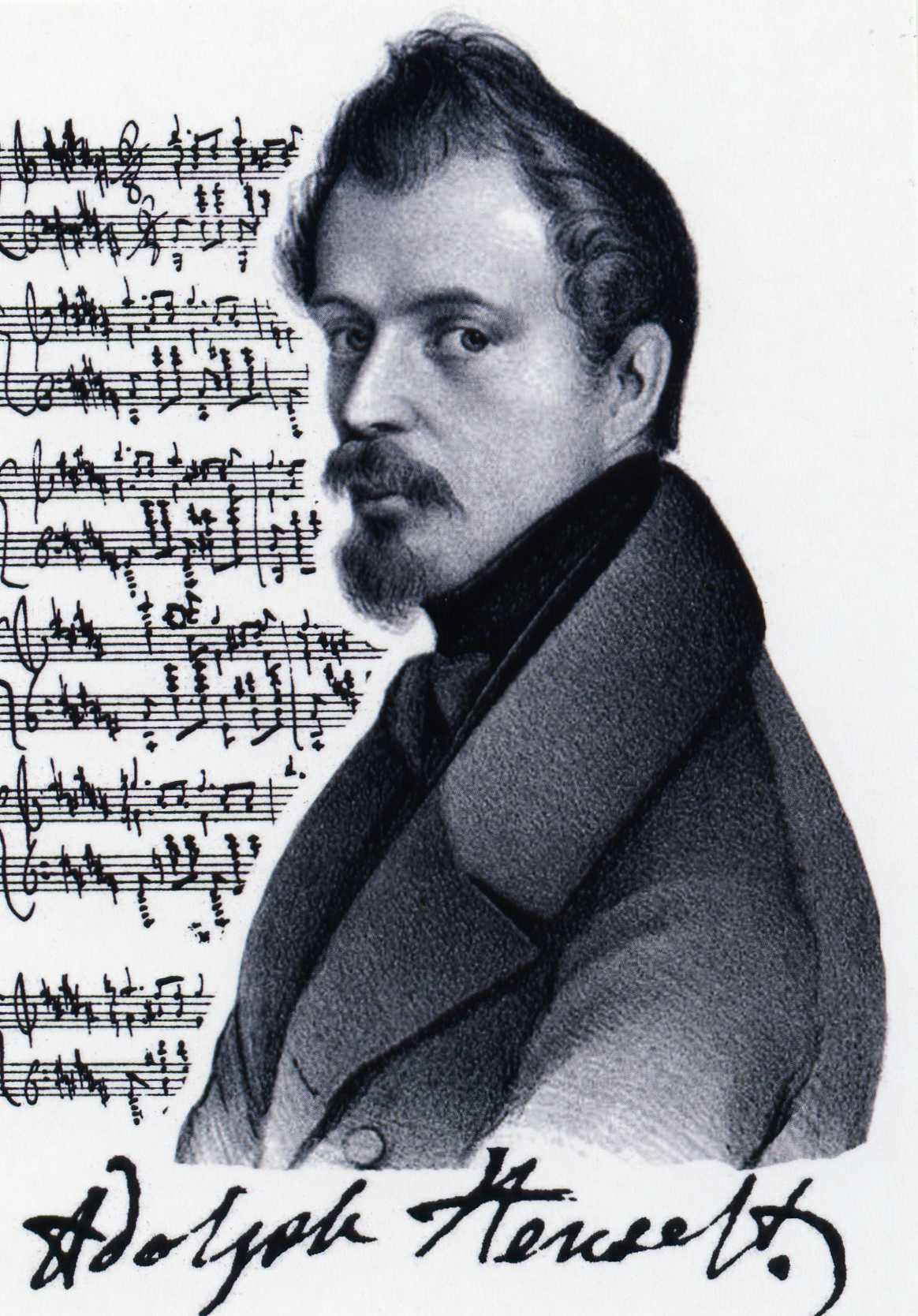
Biography
Adolf von Henselt (1814 – 1889)
The German composer and pianist, Adolf
von Henselt, born in Schwabach, Bavaria, a few miles south of Nürnberg,
occupies a firmly established place in the galaxy of six composers all
born within the space of five years of one another between 1809 and 1814
– the eldest, Felix Mendelssohn-Bartholdy, followed by Chopin, Schumann,
Liszt, Thalberg and Henselt himself – together, they shaped the manner
in which romantic piano music was to develop to the end of the century
and beyond. This was the consummation of a golden age expressed through
the medium of the fast developing grand piano.
The Henselt family moved from Schwabach to Munich when Henselt was three years old, at about which age he commenced his music studies, at first with violin and then with the piano. Progress was rapid, with a particular bent for the music of Carl von Weber (1786-1826). This bent, evident at such an early age, gathered great force later on in the many editings, 'ossias' and arrangements of Weber's works and was doubtless nourished by the Geheimratin (privy councillor) von Fladt who, together with Weber and Meyerbeer (1791-1864), had studied with the Abbe Vogler (1749-1814). Henselt was fortunate enough to have valuable connections with people who counted. A royal stipend from King Ludwig 1st. of Bavaria enabled him to study for six months with the famous Johann Nepomuk Hummel (1778-1837) at Weimar. Henselt's stay, which lasted for 6 months, culminated on the 29th of November 1832 with a highly successful public début in Munich. Next, Henselt went to Vienna to study with Simon Schechter (1788-1867) for 2 years which was followed by a further 2 years of seclusion during which period Henselt evolved his unique system of extending the stretch of the hands to a degree which gave him a command of the keyboard (without the sustaining pedal). This was almost without precedent at that time, and surely learned from his playing of Weber who could reach (and write for) a tenth. This stood him in good stead with rivals such as Thalberg and Kalkbrenner, and, in the opinion of Schumann, even Liszt who is said to have blanched at some of Henselt's more reckless moments.
In 1836, after a nervous breakdown, he went to
Carlsbad to recuperate and, according to LaMara, it was there that he
met Chopin, but this has been denied by other chroniclers including the
British Chopin expert, Arthur Hedley who dispels any possibility that
Chopin met Henselt. In a letter written to Richard Beattie Davis in
October 1967, Hedley stated that this idea may have originated with
Friedrich Niecks, who, according to the writer, was very inaccurate. In
the same year Henselt revisited Weimar and Hummel, staying there for
some months. We may judge that this visit to Weimar was the defining
point in determining Henselt's future. Firstly, he fell in love with the
wife of a physician to the court. Her name was Rosalie Vogel (née
Manger). There was a divorce and Henselt married her on the 24th October
1837 at Bad Salzbrunn, Silesia. - now Poland. This event is reflected in
Henselt's 'Poéme d'amour', Op.3 - full of characteristic effects.
Secondly, the appointment of Hummel as court Kapellmeister (from 1819 to
1837) has been said to usher in a romantic age. With the presence of the
leading patron, the Grand Princess - Grand Duchess Maria-Pavlovna, a
daughter of the Tsar, who was herself a pupil of Hummel, it is not too
fanciful to suggest that Henselt's second visit to Weimar sealed him as
the ascending star in the Russian firmament. In 1838, he proceeded to
St.Petersburg where his success with concerts in that city overwhelmed
an audience, up to that time without any comparable artist. Thus were
the twenty four studies, Opp. 2 and 5 launched on the world.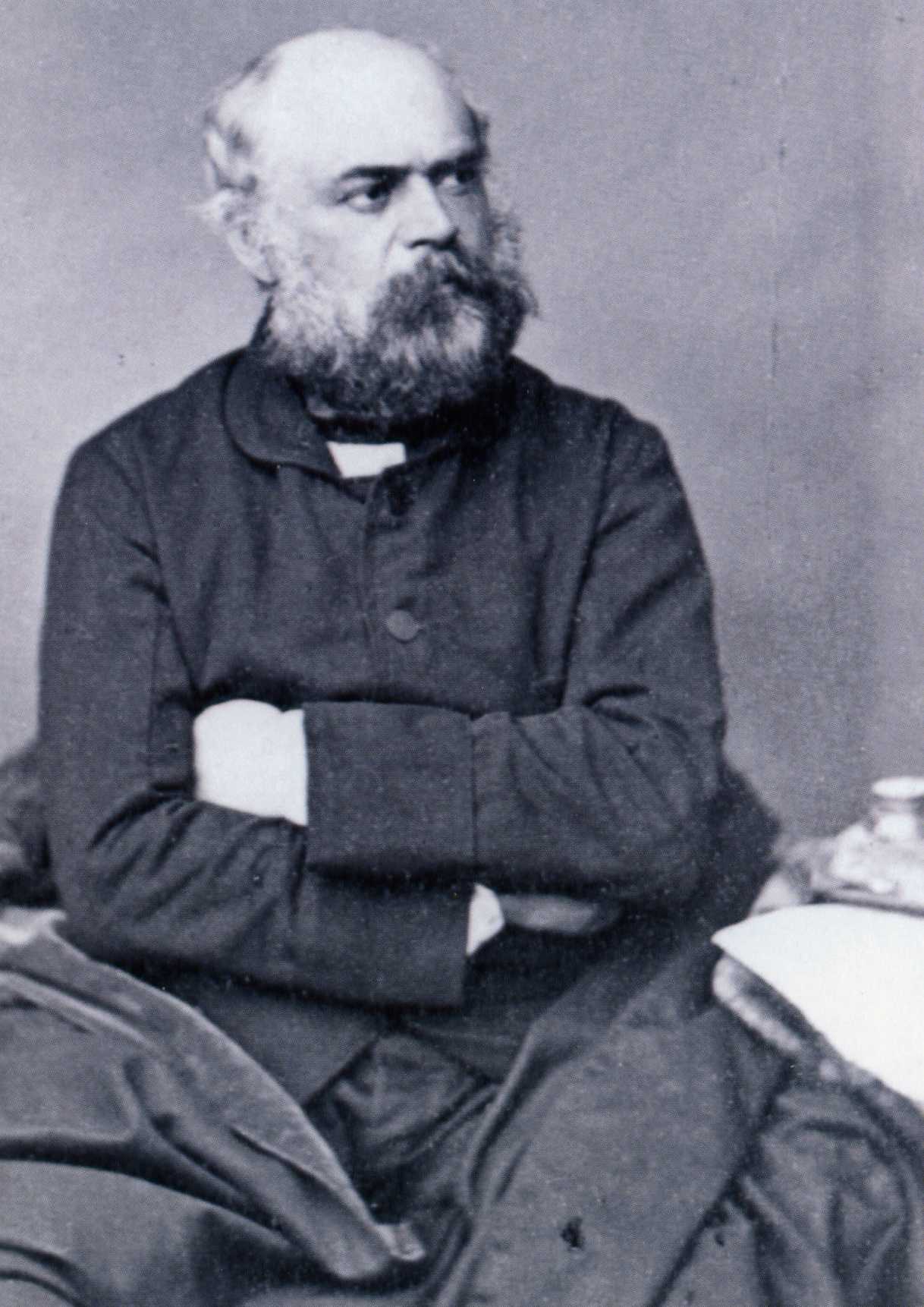 The
inspiration engendered by Henselt's marriage to 'sa Rosalie', the
dedicatee of his 'Poéme d'Amour', in 1837, is expressed in a torrent of
24 studies, opp.2 & 5, which together embody much, if not all, of the
essence of Henselt's idiosyncratic idiom. Underpinned by a genuine and
original melodic gift, these perfect little concert pieces approach, in
their poetic content and difficulty of execution, those of Chopin
(1810-1849). Admitting that there exists in Henselt's studies a very
evident Chopinesque 'feel', they post date those of Chopin by some
years. It is Henselt's melodies which follow a very different route.
Less sophisticated, less chromatic, more regular in their bar lengths,
many seem to stem from the world of the German 'volkslied'. Von Lenz
called Henselt the most German of composers, with the Fatherland as his
keyboard. Such was Henselt's fame, that in Germany that remark was
perfectly well understood.
The
inspiration engendered by Henselt's marriage to 'sa Rosalie', the
dedicatee of his 'Poéme d'Amour', in 1837, is expressed in a torrent of
24 studies, opp.2 & 5, which together embody much, if not all, of the
essence of Henselt's idiosyncratic idiom. Underpinned by a genuine and
original melodic gift, these perfect little concert pieces approach, in
their poetic content and difficulty of execution, those of Chopin
(1810-1849). Admitting that there exists in Henselt's studies a very
evident Chopinesque 'feel', they post date those of Chopin by some
years. It is Henselt's melodies which follow a very different route.
Less sophisticated, less chromatic, more regular in their bar lengths,
many seem to stem from the world of the German 'volkslied'. Von Lenz
called Henselt the most German of composers, with the Fatherland as his
keyboard. Such was Henselt's fame, that in Germany that remark was
perfectly well understood.
With the hopes of even finer things to come after the epochal studies, one inevitably feels disappointed that much of the remainder of Henselt's small output should be made up of miniatures, beautifully crafted to Henselt's keyboard layout, though there is a good reason for this paucity. Henselt's 'Studies', which he played in St. Petersburg in 1838, created such an impression that he was forthwith engaged by the Russian court as a teacher in the royal household, to the nobility and in time as the inspector general of music schools and teaching academies and Imperial Institutes for young ladies in St.Petersburg, Moscow, Charkov, Kiev and throughout Russia.
One may assume that this appointment had the effect of establishing the influence of Henselt in due time not only as the leading figure in teaching establishments under the jurisdiction of the Tsar. (The St. Petersburg Conservatoire did not open until 1862 ) but as a growing influence on a new and distinct school of Russian pianism, as against the imports from the West.
This involved Henselt in a vast labour, augmented by his numerous editing’s of other composers' works, for use in schools and time spent editing the music journal 'Nuvellist', founded in 1838. It is understandable that this left little time for composition. However, the few large scale works following the studies, are all of high calibre. They include a sonata movement for piano and horn, or string instrument, Op.14; a piano trio, Op.24; two concerted works for piano and orchestra - the piano concerto, Op.16, which, together with the earlier studies exerted such a great influence on Russian piano composers; and the 'Ballade' for piano, Op.31.
Henselt, who had been honored with
elevation to the nobility, died at Bad Warmbrunn, Silesia (now Cieplice
Slaskie-Zdroj, Poland) on October 10, 1889. Immortalized on his
gravestone by the words…..`divinely gifted artist and composer`.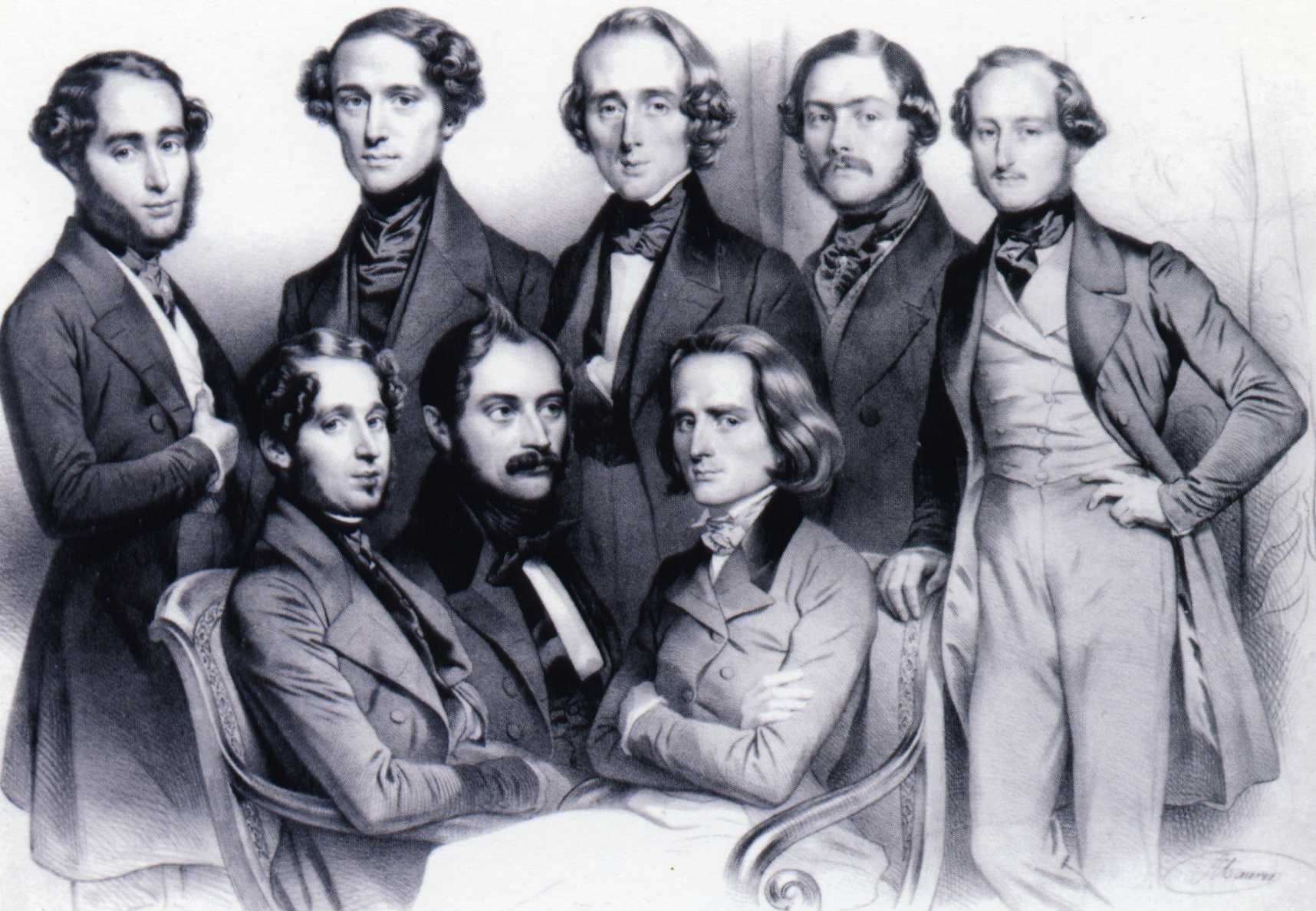
To quote Balakirev ..'I will be terribly sad when Henselt is no more. With him will go the last representative of that noble Pleiades….. to which belong Chopin, Schumann and Liszt`.
Text taken from Adolf von Henselt – The Life by Richard Beattie Davis. © 2000 & 2003
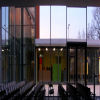 The
Henselt room at the museum houses the first editions
and archives of Richard Beattie Davis and Dr. Oscar Stollberg.
The Davis collection of original letters has been enhanced by
new purchases by the archive as well as over 100 pages of
photocopies obtained by Gillian Davis from libraries around the
world. The
Henselt room at the museum houses the first editions
and archives of Richard Beattie Davis and Dr. Oscar Stollberg.
The Davis collection of original letters has been enhanced by
new purchases by the archive as well as over 100 pages of
photocopies obtained by Gillian Davis from libraries around the
world. |
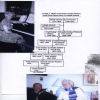 |
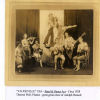 |
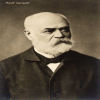 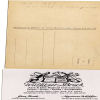 courtesy
of
Wurliztzer-Bruck courtesy
of
Wurliztzer-Bruck |
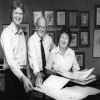 1989
meeting of
Jürgen Söllner, Richard and Gillian Davis 1989
meeting of
Jürgen Söllner, Richard and Gillian Davis |
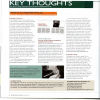 Letter
to International Piano Magazine May/June 2009 Letter
to International Piano Magazine May/June 2009 |
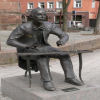 The
Henselt statue in Schwabach The
Henselt statue in Schwabach |
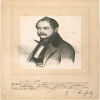 A
portrait of Adolf Henselt A
portrait of Adolf Henselt |
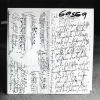 Henselt
notes Henselt
notes |
|
All rights reserved. Copyright © 2023 Gillian Davis |